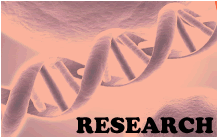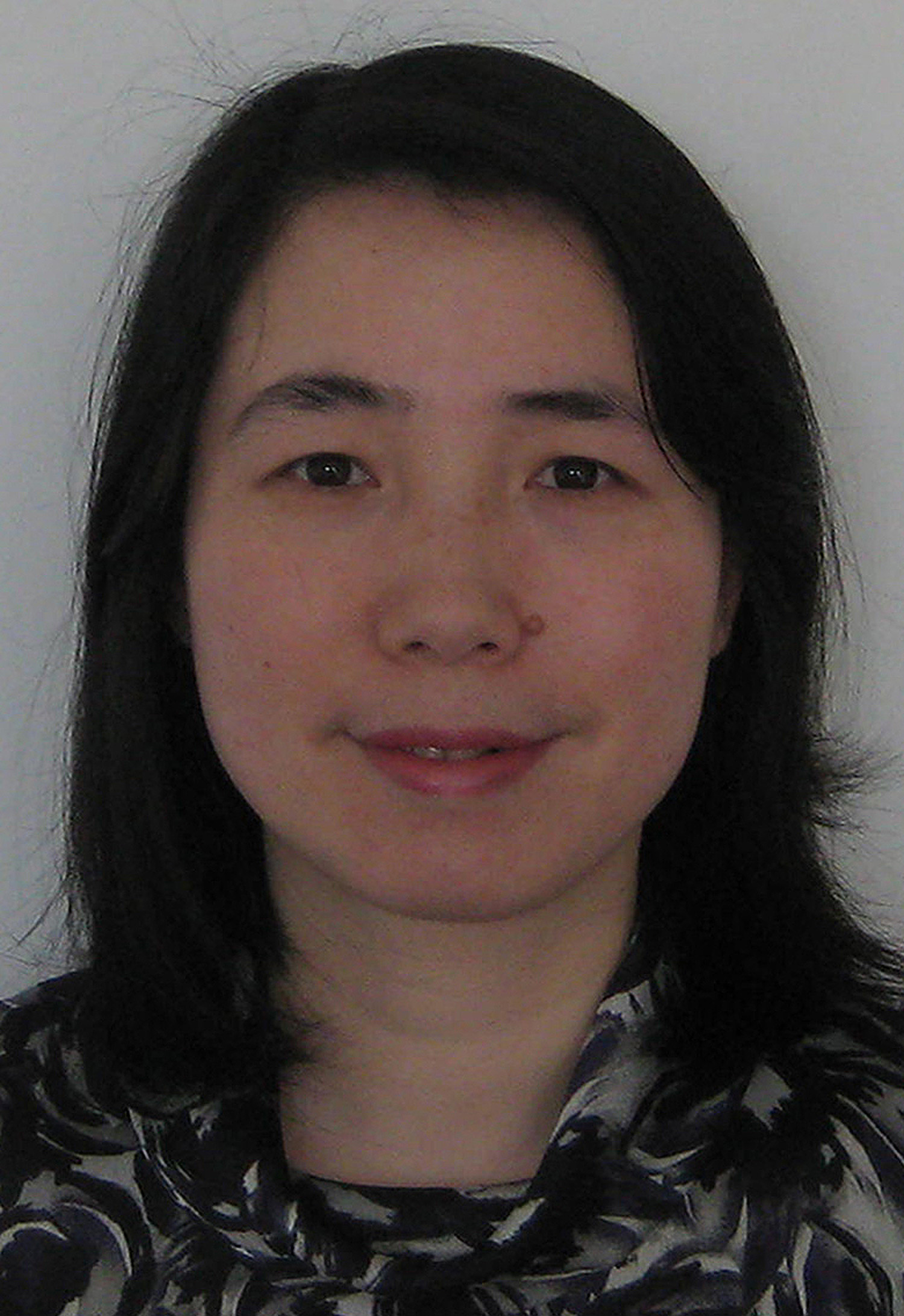






| Dr. Mary Hongying Cheng | |
|
|
|
Department of Chemistry, Chevron Science Center, 219 Parkman Avenue, Pittsburgh, PA 15260
Phone: (412) 624-4813 Fax: (412) 624-8611 Email: hoc2@pitt.edu |
 |
Education: B.S.: Chemical Engineering, Tsinghua University, China, 1992 M.S.: Chemical Engineering, Clarkson University, NY, 1997 Ph.D.: Chemical Engineering, Rensselaer Polytech, NY, 2002
Publications: 1. Rob D. Coalson and Mary H. Cheng,” Discrete-State Representation of Ion Permeation Coupled to Fast Gating in a Model of CLC-chloride Channels: Analytic Estimation of the State-to-State Rate Constants”, J. Phys. Chem. B, accepted. (2011). 2. Mary H. Cheng, Coalson RD, and Tang P. Molecular dynamics and Brownian dynamics investigation of ion permeation and anesthetic halothane effects on a proton−gated ion channel. J Am Chem Soc; 132, 16442-9 (2010). 3. Qiang Chen, Mary H. Cheng, Xu Yan, and Tang P. Anesthetic Binding in a Pentameric Ligand-gated Ion Channel: GLIC, Biophy. J, 99, 1801-1809 (2010). 4. Yu A, Mary H. Cheng, Coalson RD: Inhibition of paracellular Na conductance by calcium and other polyvalent cations through the proximal tubule tight junction protein claudin-2, J. Biol. Chem. 285, 37060-9 (2010). 5. Rob D. Coalson, and Mary H. Cheng, “Discrete-State Representation of Ion Permeation Coupled to Fast Gating in a Model of ClC-chloride Channels: Comparison to Multi-ion Continuous Space Brownian Dynamics Simulations”, J. Phys. Chem. B 114, 1424-1433 (2010). 6. Mary H. Cheng, Yan Xu and Pei Tang,”Anionic Lipid and Cholesterol Interactions with α4β2 nAChR: Insights from MD Simulations”, J. Phys. Chem. B, 113 , 6964–6970 (2009). 7. A. Yu, Mary H. Cheng, S. Angelow, D. Günzel, S. Kanzawa, E. Schneeberger, M. Fromm, Rob D. Coalson, “Molecular basis for cation selectivity in claudin-2-based paracellular pores: Identification of an electrostatic interaction site”, Journal of General Physiology, 133, 111-127 (2009). 8. Mary H. Cheng, RD Coalson, M.Cascio, and M. Kurnikova, “Computational prediction of ion permeation characteristics in the glycine receptor modified by photo-sensitive compounds”, J. Comput. Aided Mol. Des. 22, 563-570, (2008) 9. E. Haddadian, Mary H. Cheng, RD Coalson, Yan Xu, and Pei Tang, “In silico models for the human α4β2 nicotinic actytcoline receptor”, Journal of Physical Chemistry B, 112, 13981-90 (2008). 10. Mary H. Cheng, Rob D. Coalson, and Michael Cascio “Molecular dynamics simulations of binding ethanol to the GlyR transmembrane domain: Implications of channel potentiation Mechanism”, Proteins: Structure, Function and Bioinformatics, 71, 972-981 (2008). 11. Mary H. Cheng, L. Liu, A. Saladino, Yan Xu, and Pei Tang “Ternary membrane mixture for functional nAChR”, Journal of Physical Chemistry B, 111, 14186-14192 (2007). 12. Mary H. Cheng, M. Cascio, and Rob D. Coalson, “Homology Modeling and Molecular Dynamics Simulation of the Glycine α1 Receptor Revealed Different States of Channel”, Proteins: Structure, Function and Bioinformatics, 68. 581-593 (2007). 13. Mary H. Cheng, A. Mamonov, W. Duke and Rob D. Coalson, “Modeling of electrostatic control and chloride regulation of the fast gating in the ClC-0 chloride channels”, Journal of Physical Chemistry B, 111, 5956-5965 (2007). 14. Mary H. Cheng, Michael Cascio, and Rob D. Coalson, “Theoretical Studies of the Transmembrane Segment of the Glycine Receptor: Models of the Open Pore Structure and Current-Voltage Characteristics”, featured cover in Biophysical Journal, 89. 1669-1680 (2005). 15. Mary H. Cheng, and Rob D. Coalson, “An accurate and efficient empirical approach to calculate the dielectric self energy and ion-ion interaction in biological ion channels”, Journal of Physical Chemistry B., 109. 488-498 (2005). 16. Mary H. Cheng and E.B. Nauman, “Phase Ripening in Particulate Binary Polymer Blends”, Journal of Polymer Science Part B: Polymer Physics, 42, 603-612 (2004). 17. Mary H. Cheng, A.C. Balazes, C. Yeung, and V. Ginzburg, “Modeling Reactive Compatibilization of a Binary Blend with Interacting Particles”, J. Chem. Phys. 118 9044 (2003). 18. Mary H. Cheng and E.B. Nauman, “Non-linear Diffusion with Concentration Driven Flow in Miscible Systems”, Polymer 44, 6707-6712 (2003). 19. Nauman, E. B. and Mary H. Cheng, “Application of Cahn-Hilliard equation to miscible systems”, A.I.A.A, 2002-886, 1-5 (2002). 20. Campbell GA, Wang C, Cheng H, Bullwinkel M, te-Riele MA,” Investigation of flow rate and viscous dissipation in a single screw pump-extruder”, Intl. Poly. Proc. 16 (4), 323-333 (2001).
Dr. Cheng's complete CV can be found here.
|
|
